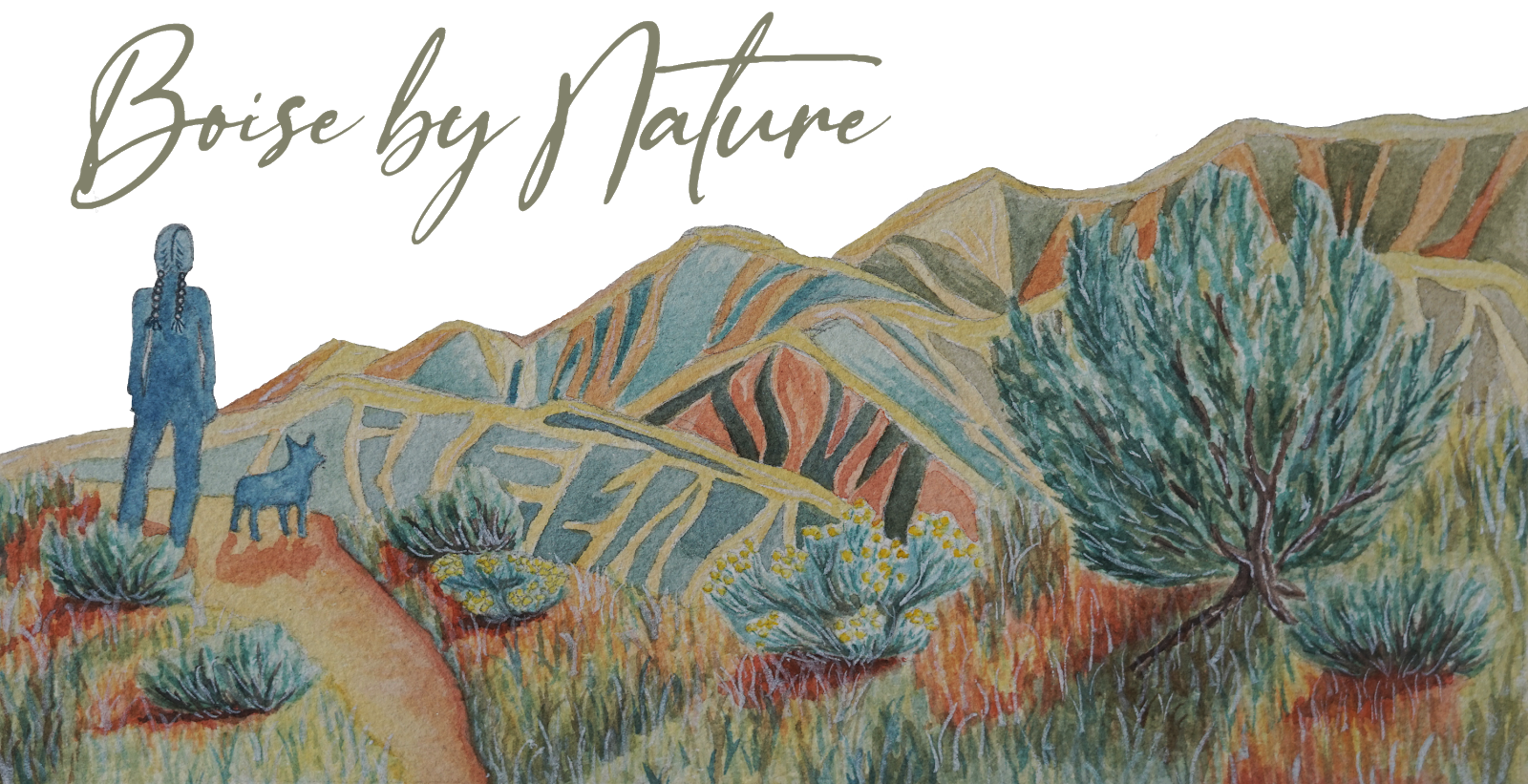 |
| Master Naturalist programs across the country |
I have had the pleasure of living and working in several states across the country, and wanted to share a bit about how the Master Naturalist program works in different states. For this post, I have two lovely friends as guest writers who are sharing about the Vermont Master Naturalist and California Master Naturalist programs. Read on to learn more!
California
UC California Naturalist (CalNat) is a statewide program run out of UC Agriculture and Natural Resources, and is the newest UC ANR program with its first pilot certification course taking place in 2010. Since then, it has quickly grown to be offered at almost 50 locations across the 10 bioregions of California! The program is offered via a "train the trainer" model, where CalNat trains groups of instructors who are based at different organizations - environmental non profits, nature centers and museums, land trusts and conservancies, UC reserves and campuses, and community colleges. Once trained, instructors take the curriculum back to their organization and offer the training to our now almost 4,000 certified naturalists from there.Any Californian can take become a certified California Naturalist - no experience necessary. Once enrolled in a class, the requirements to become a naturalist include attending all 40 hours of instruction and field trips, completing readings from our handbook, keeping a field journal, uploading an observation to iNaturalist, and doing an 8-hour volunteer capstone project. After completion, you are certified for life - we have no additional requirements to maintain certification! We only encourage naturalists the option to record a minimum of 40 volunteer hours in order to receive our coveted annual pin. Aspiring California Naturalists can find a course near them at http://calnat.ucanr.edu/About_the_program/.
-Sarah Angulo is a
Community Education Specialist II with the California Naturalist Program
Vermont
The Vermont Master Naturalist Program (VMN) began in
Burlington in 2016 and has since expanded into 18 towns in Vermont. VMN is led
by Alicia Daniel who, after 30 years of teaching in the University of Vermont’s
Field Naturalist Master of Science Program, adapted the landscape-level
approach to understanding ecosystems developed at UVM to help Vermont residents
gain new insights into of the nature around them and encourage use of their
learning in conservation efforts in their communities.
Vermont is rich with cultural heritage and natural
habitat ranging from montane forests to dry oak hilltops & floodplain
forests. Vermont Master Naturalist “classrooms” are special locations with
stories to tell, like wildlife corridors, woodlands of wildflowers, stone walls
and cellar holes, and the ever-meandering banks of our rivers.
During a series of 5 day-long field trips, fifteen
participants spend time in interesting sites across their region reviewing
layers of the landscape, like geology, soils, hydrology, plants and animals
(natural communities), as well as signs of processes like human land use
history, river geomorphology, wind, or fire that have shaped their home. VMN
faculty will help participants learn to “read” these layers and tell stories of
its natural and cultural history.
To practice their new skills and as a way of giving back
to the community, teams of participants will work on local conservation
education and stewardship projects for 20 hours per person. Developing
and sharing ecological literacy isn’t just exciting and fun–it’s also an
important community resource. A community of naturalists can help solve
ecological issues facing our wild lands and serve as resources for conservation
education in schools and communities.
Thanks to Sarah and Alicia for contributing and sharing their knowledge on these awesome programs! Tune in next week to learn about the Master Naturalist programs in Idaho and Missouri!


This is very interesting. Thanks!
ReplyDelete